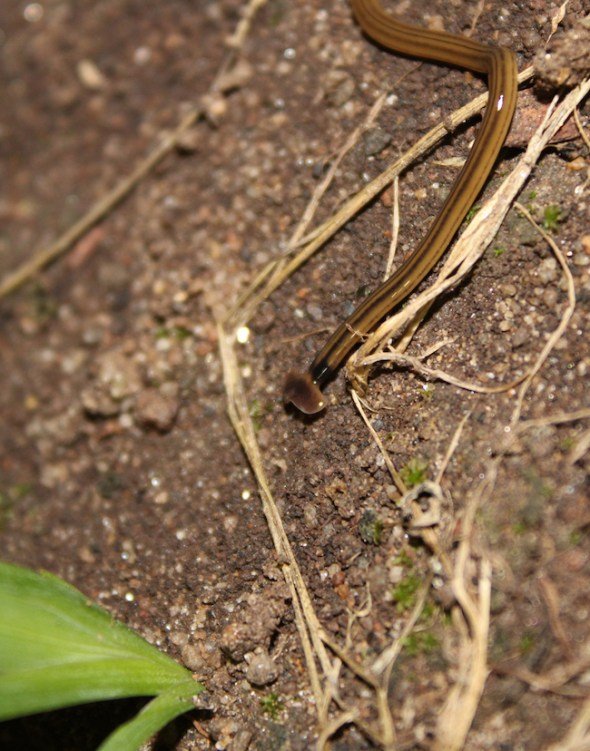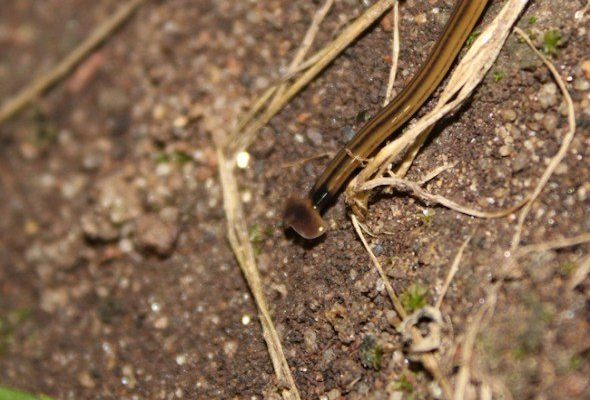
So, why do we need to be careful? Hammerhead worms are not just harmless critters; they can be toxic to other organisms and are known for their secretive nature. Handling them without the right gear can lead to unwanted reactions, both for you and the worm. In this guide, I’ll walk you through everything you need to know about safely handling hammerhead worms, from choosing the right gloves to the tools that make it all easier.
What Are Hammerhead Worms?
Hammerhead worms, scientifically known as *Bipalium*, are a type of planarian flatworm. They’re native to tropical areas but have spread to many parts of the world. They get their name from their distinctive hammer-shaped heads, which can make them look quite alien. These creatures can grow quite long—some species can reach up to a foot! They typically have a striking coloration, ranging from brown to bright yellow.
But here’s where it gets a little tricky. While they may look cool, hammerhead worms are predatory. They mainly feed on earthworms and other small invertebrates. This behavior can make them a threat to your garden ecosystem. So, while they might catch your eye, keeping a respectful distance and using the right tools is key if you ever have to handle one.
Why Wear Gloves?
You might wonder, “Is it really necessary to wear gloves when handling a hammerhead worm?” The simple answer is yes! Hammerhead worms produce toxins that can be harmful if they come into contact with your skin. Think of it like handling certain mushrooms or plants; while they may look appealing, they can have hidden dangers.
Wearing gloves serves multiple purposes:
- Protection: Gloves act as a barrier between you and the worm, keeping those toxins at bay.
- Grip: When handling squirmy creatures, gloves can provide a better grip, reducing the chances of accidentally dropping the worm.
- Hygiene: Gloves prevent any bodily fluids from contaminating your skin, which is especially important if you’re handling multiple specimens.
So, it’s not just a precaution; it’s a crucial step in safely interacting with these fascinating creatures.
Choosing the Right Gloves
Now that you know why gloves are important, let’s chat about what kind of gloves to choose. You want something that’s not only protective but also comfortable and functional. Here are some options:
Disposable Gloves
– **Latex Gloves:** These provide a snug fit and good dexterity, but be cautious if you have allergies.
– **Nitrile Gloves:** A great alternative for those with latex allergies. They’re also more durable and resistant to punctures.
Reusable Gloves
– **Rubber Gloves:** If you prefer a sturdier option, rubber gloves are excellent. They offer good protection and can be washed for repeated use.
– **Gardening Gloves:** Some gardening gloves come with a waterproof coating, which could be handy if you’re dealing with moisture.
Choosing the right gloves can make all the difference in your handling experience, so take a moment to pick ones that suit your needs best.
Tools for Handling Hammerhead Worms
In addition to gloves, having the right tools can make your interaction with hammerhead worms safer and more effective. Here’s a quick rundown of some handy tools to consider:
- Forceps: These allow you to grab and move the worm without directly touching it.
- Pots or Containers: If you need to transport the worm, a simple container with air holes works wonders.
- Shovels or Trowels: If you need to dig them up, a small garden trowel can help without causing harm to the worm.
Having these tools on hand can help minimize stress for both you and the worm, making your encounter much smoother.
Steps for Safely Handling Hammerhead Worms
So, ready to handle a hammerhead worm? Here’s a step-by-step approach to ensure you do it safely and respectfully:
1. **Gear Up:** Start by putting on your gloves. Make sure they fit snugly for better control.
2. **Prepare Your Tools:** If you’re using forceps or a container, have them ready nearby. This will help you avoid fumbling around once you locate the worm.
3. **Locate the Worm:** Go slowly and look for the worm in moist areas. They tend to hide under rocks or in leaf litter.
4. **Use the Forceps:** Gently grasp the worm with the forceps, avoiding squeezing too tightly. Remember, they’re delicate creatures!
5. **Transport Carefully:** If you’re moving it, place it in a container. Ensure it has air holes for breathing, and don’t leave it exposed to direct sunlight.
6. **Release Safely:** If you’re relocating the worm, choose a suitable habitat away from your garden where it can thrive.
By following these steps, you can minimize the risks involved and have a more enjoyable experience while handling these unique worms.
Best Practices After Handling Hammerhead Worms
Once you’ve finished handling a hammerhead worm, it’s crucial to follow some best practices to ensure your safety and theirs. Here’s what you should do:
- Remove Your Gloves: Carefully peel off your gloves without touching your skin, and dispose of them appropriately.
- Wash Your Hands: Even if you wore gloves, it’s a good idea to wash your hands with soap and water. Better safe than sorry!
- Inspect Your Tools: Clean and disinfect any tools you used. This practice keeps your other gardening supplies safe from contamination.
By taking these simple steps, you not only protect yourself but also respect the life of the hammerhead worm.
Handling hammerhead worms can be a fascinating experience, but it’s important to do it safely. Using gloves and the right tools can make all the difference, allowing you to appreciate these unique creatures without compromising your safety. Remember, it’s all about respect—both for yourself and the worm.
So, next time you spot a hammerhead worm, take a moment to admire its beauty from a distance—or with the right gear in hand. Happy worm-watching!

